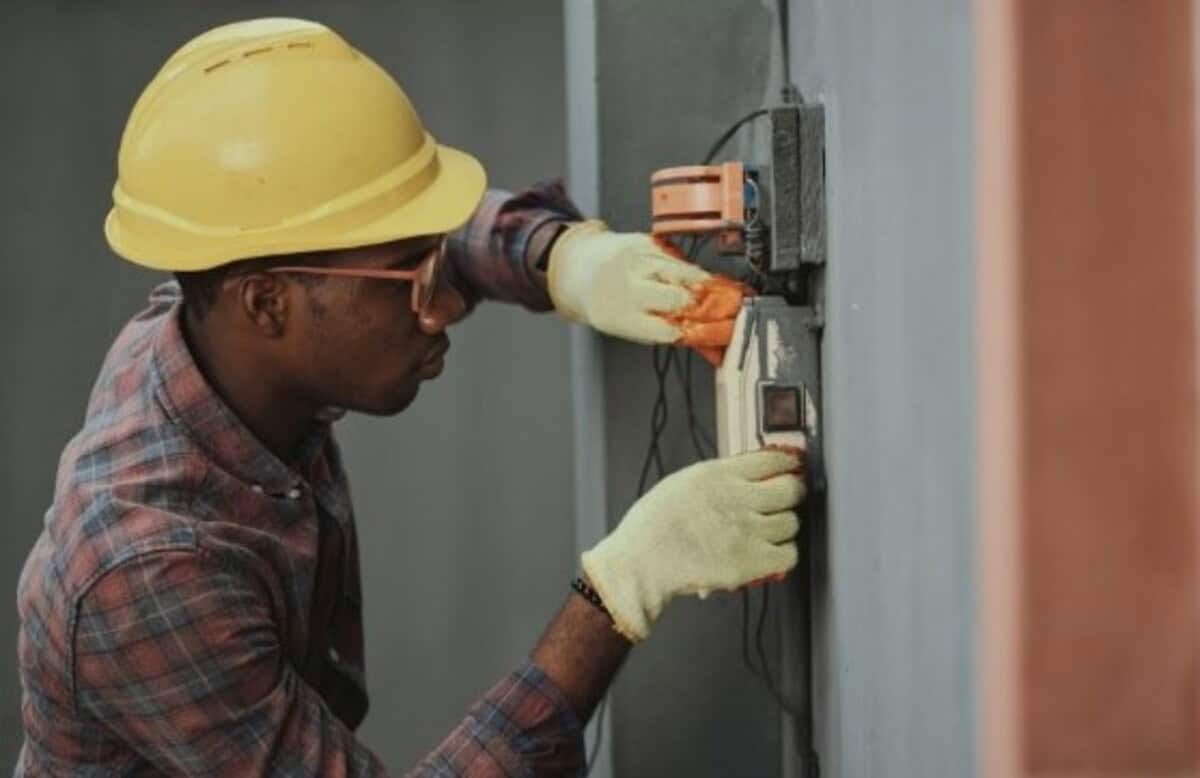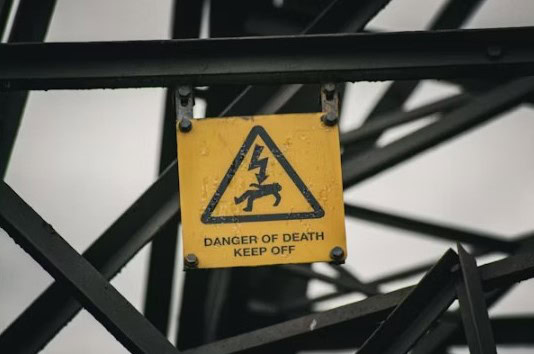Commercial buildings rely on robust electrical safety systems to minimize the risk of fire, electrocution, and operational downtime. Five components form the foundation of any compliant and secure electrical setup: circuit breakers, GFCIs, surge protectors, AFCIs, and emergency lighting.
Electrical safety isn’t a luxury. It’s a legal, ethical, and operational necessity. As an inspector, I’ve seen firsthand how neglected systems can turn routine operations into emergency calls.
One warehouse I audited had been resetting a tripping breaker for weeks, but it turns out a smoldering wire had been cooking behind the drywall the whole time. The cost? A full shutdown and thousands in damages that could’ve been avoided with proper safety gear.
Let’s break down the essential components keeping commercial properties powered and protected.
Circuit Breakers: The First Line of Defense
Circuit breakers are your system’s immediate response unit. They cut off power during overloads or short circuits, stopping fires before they start and shielding equipment from damage.
- Selection matters: Use standard thermal-magnetic breakers for general loads and high-capacity types for machinery-heavy areas.
- Match load ratings: Don’t mismatch amperage. A 15A breaker on a 30A circuit? That’s asking for nuisance trips or worse.
- Test annually: Flip breakers off and back on to ensure internal mechanisms stay corrosion-free. If one keeps tripping, don’t just reset; find the root cause.
Outdated breakers are like expired fire extinguishers. They might look fine, but fail when it counts. Upgrade when needed.
Ground Fault Circuit Interrupters (GFCIs)
GFCIs are designed to protect people, especially in wet or high-risk areas. They shut off power within milliseconds of detecting a ground fault, often caused by moisture, damage, or contact with water.
- Install where required: Kitchens, bathrooms, rooftops, and anywhere moisture is present. You can use electrical conduit seals in such dump and corrosive environments to prevent moisture from seeping into conduit systems and junction boxes.
- Understand the science: A GFCI monitors current flow. Even a 5mA imbalance triggers a shutoff faster than a blink.
- Test monthly: Press the “Test” and “Reset” buttons. No response? Replace immediately.
Using a power tool near a sink without a GFCI? That’s not brave. That’s what we call “job security” for emergency responders.
Surge Protection Devices (SPDs)
Surges from lightning, faulty grid switching, or internal sources can fry sensitive electronics in a flash. SPDs intercept and redirect these voltage spikes, protecting systems like HVAC, computers, and industrial controls.
- Layer your defense: Use panel-level SPDs and point-of-use units for critical gear.
- Buy smart: UL 1449-listed, high joule-rated devices with low clamping voltages offer better protection.
- Inspect regularly: SPDs degrade over time, especially after major surges. Replace as needed.
Think of SPDs as insurance for your electronics, except they kick in instantly instead of sending paperwork.
Arc Fault Circuit Interrupters (AFCIs)
AFCIs detect abnormal arcing that can lead to electrical fires. These are especially valuable in buildings with aging infrastructure or high plug load usage.
- Install where needed: Office spaces, server rooms, and anywhere with vulnerable or outdated wiring.
- Understand the difference: AFCIs detect fire-starting arcs. They’re not the same as GFCIs, which prevent shocks.
- Go beyond code: Even if not mandated commercially, AFCIs add a crucial layer of fire prevention.
In one office retrofit, I found scorched wiring behind a vending machine that no one had unplugged in 15 years. An AFCI would’ve cut power instantly before it turned into a late-night call to the fire department.
Emergency Lighting and Exit Signs
When the lights go out, panic often sets in. Emergency lighting ensures safe, visible paths for evacuation. Properly placed and maintained systems are critical in smoke-filled or blackout conditions.
- Install smart: Exit signs above doors, emergency lights every 20 feet. Use LED fixtures for reliability.
- Connect to backup: Battery-powered or generator-backed systems should be on a dedicated circuit.
- Maintain regularly: Test monthly. Clean lenses quarterly. Replace batteries every 3–5 years.
Clear exit paths are more than just about code. They save lives when seconds count. Blocked exits? That’s a lawsuit waiting to happen.
Conclusion
Electrical safety in commercial buildings is a layered defense system. Circuit breakers, GFCIs, SPDs, AFCIs, and emergency lighting each serve a unique, critical purpose. When properly installed and maintained, they prevent property loss, injury, and business interruption.
If you’re not scheduling annual inspections, you’re gambling with more than just downtime. Protect your team, infrastructure, and bottom line by prioritizing these components.

















